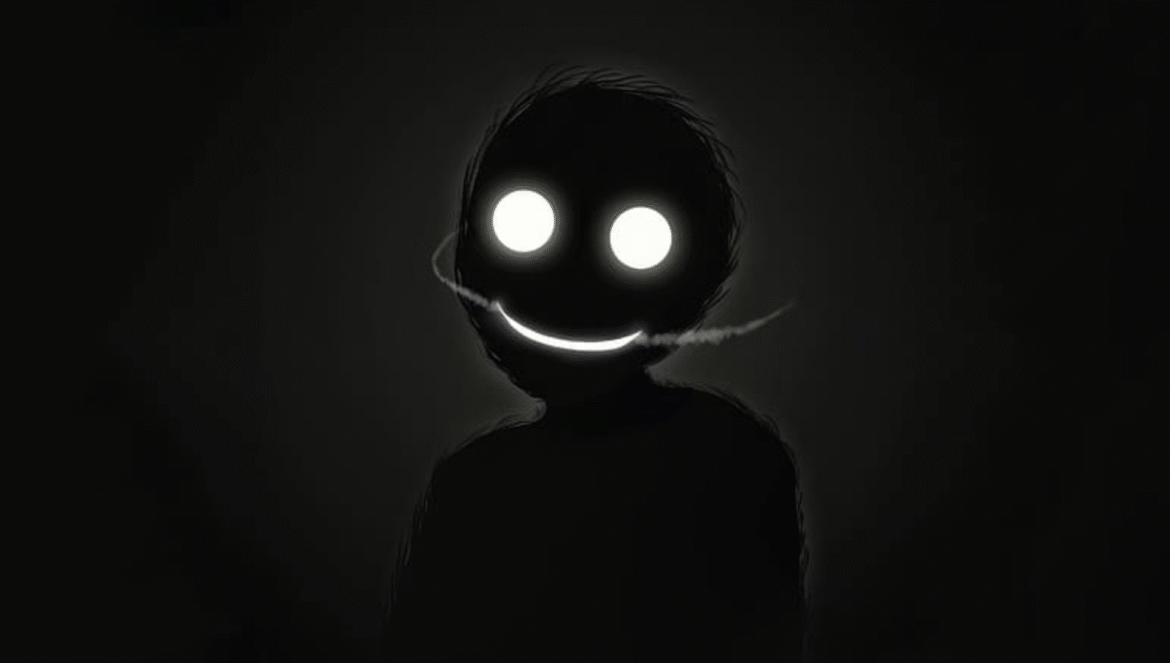“Pain is not only what we endure, sometimes, it is what we unconsciously preserve.”
1. The Paradox of Pain
We often say we want peace, healing, or freedom from pain yet secretly, a part of us resists it. There is a strange, almost invisible attachment to our wounds. They define us. They give us a story to tell. They make us someone in a world that often feels empty.
This is the paradox of human consciousness: We suffer, we hate suffering, and yet we cling to it.
Philosophically, this is the mind’s deepest contradiction.
Psychologically, it is the ego’s hidden addiction, to remain bound by what it already knows, even if it hurts.
2. The Psychology of Emotional Habit
Neuroscience shows that the brain learns through repetition and emotions are no different. When you relive an emotional pattern (anger, guilt, self-pity), your brain wires it in deeper. The chemicals released, cortisol, adrenaline, even dopamine, create a neurochemical familiarity. Over time, suffering becomes safe because it is known.
This is why trauma survivors may unconsciously recreate pain in new forms, not because they love it, but because their nervous system has normalized it.
As Dr. Joe Dispenza notes, “The body becomes the mind of the past.” Your biology gets addicted to your own sorrow.
So when healing begins, when peace starts to appear, it feels foreign, even threatening. The brain resists the unknown, preferring the predictable discomfort of the old self over the uncertain lightness of freedom.
This is how suffering becomes a form of identity maintenance.
3. The Ego’s Secret Need for Pain
From a philosophical lens, the ego, the false self, survives through contrast. It needs something to fight, defend, justify, or mourn. Without suffering, its story collapses.
When you say, “I am broken,” the ego feels alive because it has something to fix.
When you say, “They hurt me,” it gains moral ground, a narrative of righteousness.
Even self-hatred serves it, it gives the ego an identity to hold on to.
The ego doesn’t fear pain as much as it fears absence because in absence, it dissolves.
Thus, our clinging to pain is often a clinging to selfhood. Without wounds, who would we be?
This is the hidden pleasure of suffering: It gives us continuity, identity, meaning even superiority (“I’ve suffered more, I’ve endured more”). It becomes a strange comfort zone for consciousness that fears its own vastness.
4. Suffering as Control
Pain also offers psychological control. When we’ve been powerless, suffering can become a private kingdom, the one domain where we decide the rules. No one can take away our story, our grief, our scars. They become ours, a possession, even a weapon against vulnerability.
This is why forgiveness feels so radical: it threatens to take away the narrative we’ve used to protect ourselves. Letting go feels like losing power. So we hold on, not because we love pain, but because pain has become the last structure of self-control.
5. The Metaphysics of Attachment to Pain
Vedānta, Buddhism, and depth psychology converge here: Suffering continues because we identify with it.
- Vedānta calls this Avidyā: ignorance of our true Self.
- Buddhism calls it Tanhā: craving, including craving for our own emotional patterns.
- Carl Jung called it the shadow attachment: the unconscious pleasure we take in our own misery.
When we say, “I am sad,” we mistake a passing emotion for who we are. But consciousness is not the pain, it is the awareness in which pain appears. When we realize this, the attachment breaks.
Philosophically, this is liberation not freedom from suffering, but freedom within it. A shift from “I suffer” to “Suffering is being witnessed.”
6. The Biology of Release
Psychologically, to heal is to rewire the nervous system. It means teaching the body that safety is not danger, that peace is not foreign. Meditation, breathwork, and therapy reintroduce calm as the new normal. As serotonin replaces cortisol, and oxytocin replaces adrenaline, the body begins to feel pleasure in presence rather than pain in familiarity.
The brain literally learns to derive dopamine from peace instead of chaos.
That’s when we start to realize, Suffering was never the teacher; it was the alarm clock.
7. From Clinging to Clarity
The pleasure of suffering ends when we dare to see it without judgment. When we say: “Yes, I have been addicted to pain, and that too is part of my human learning.”
Awareness doesn’t fight suffering; it transforms it. By simply witnessing your emotional loops with honesty, you stop feeding them energy. They dissolve naturally, like fog under sunlight.
8. The Spiritual Turning Point
To awaken is not to escape pain but to see through it. Pain loses its narrative when you no longer seek meaning in it. It simply becomes sensation, raw, impermanent, passing through awareness.
Then joy, too, becomes pure not an escape, but a quiet presence. In this state, neither pleasure nor pain dominates you. You move beyond the duality of “I like / I dislike” into the still center of being.
This is what Buddha called Nirvana: the extinguishing not of life, but of craving, even craving for suffering.
9. Reflection Exercise: The Mirror of Your Wounds
Tonight, write down the answers to these three questions:
- What emotion do I revisit the most: anger, guilt, shame, sadness?
- What hidden benefit does this emotion give me: identity, control, validation, or avoidance of responsibility?
- Who would I be without this wound?
Sit with the discomfort of that last question. It is there, in the space where your wound ends that your true self begins.


Leave a Reply